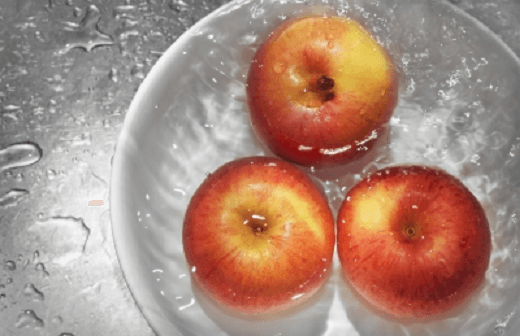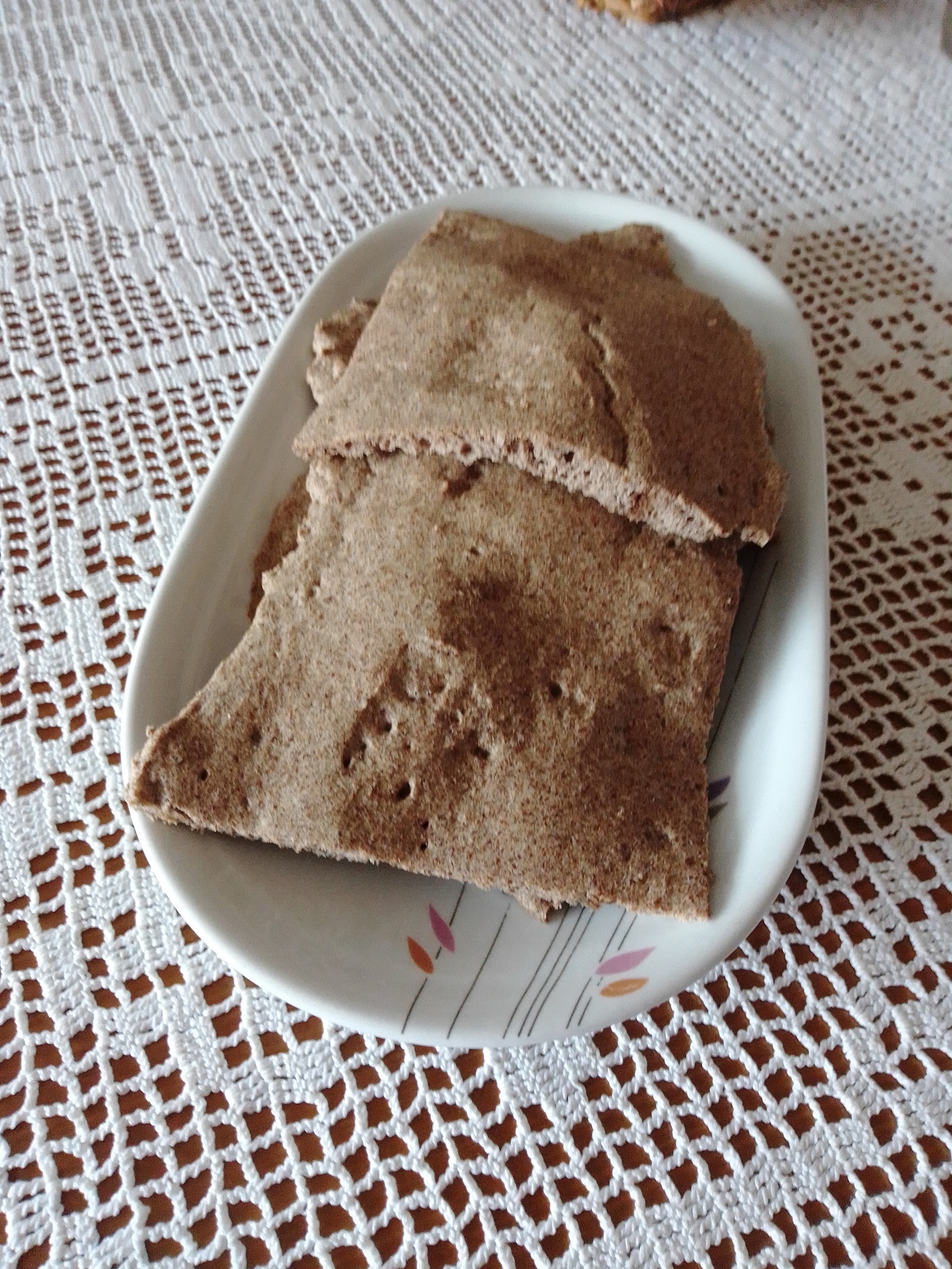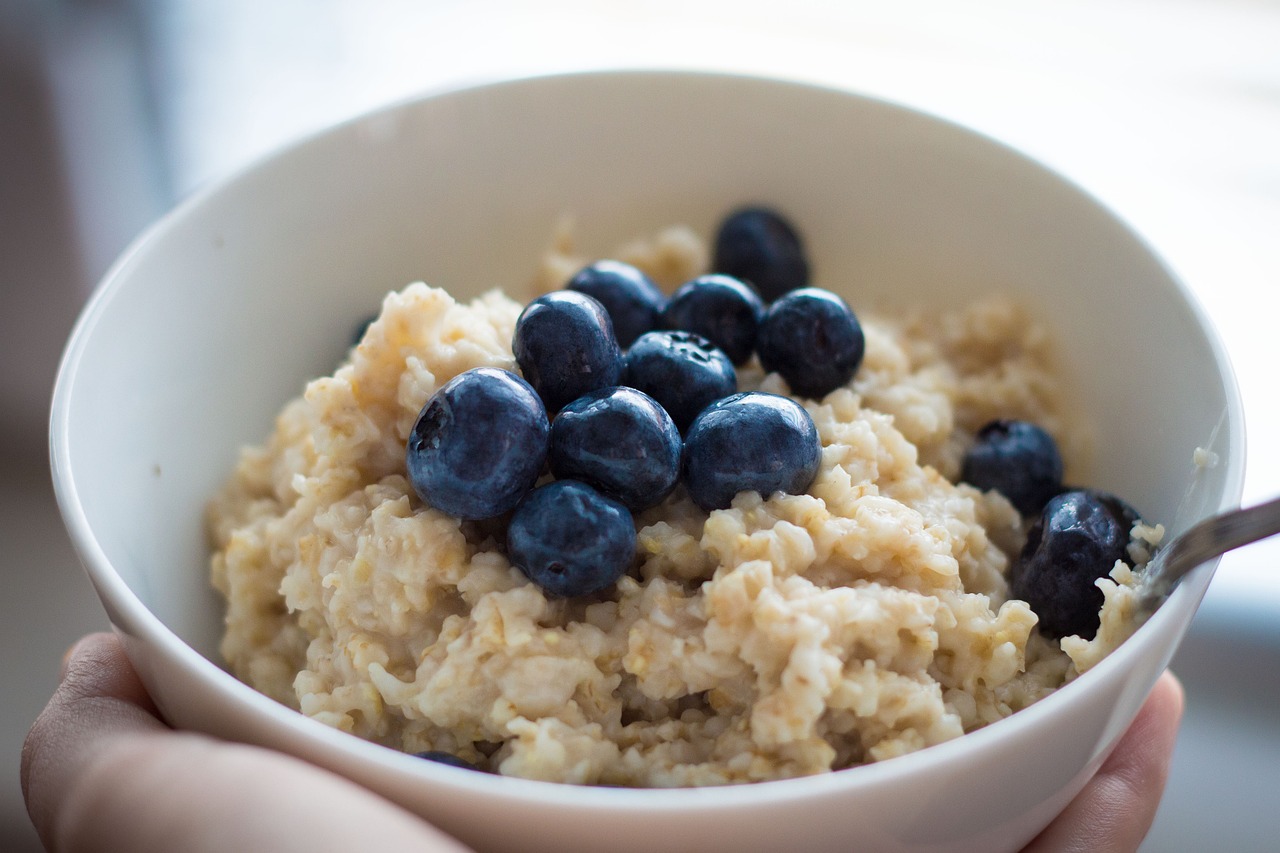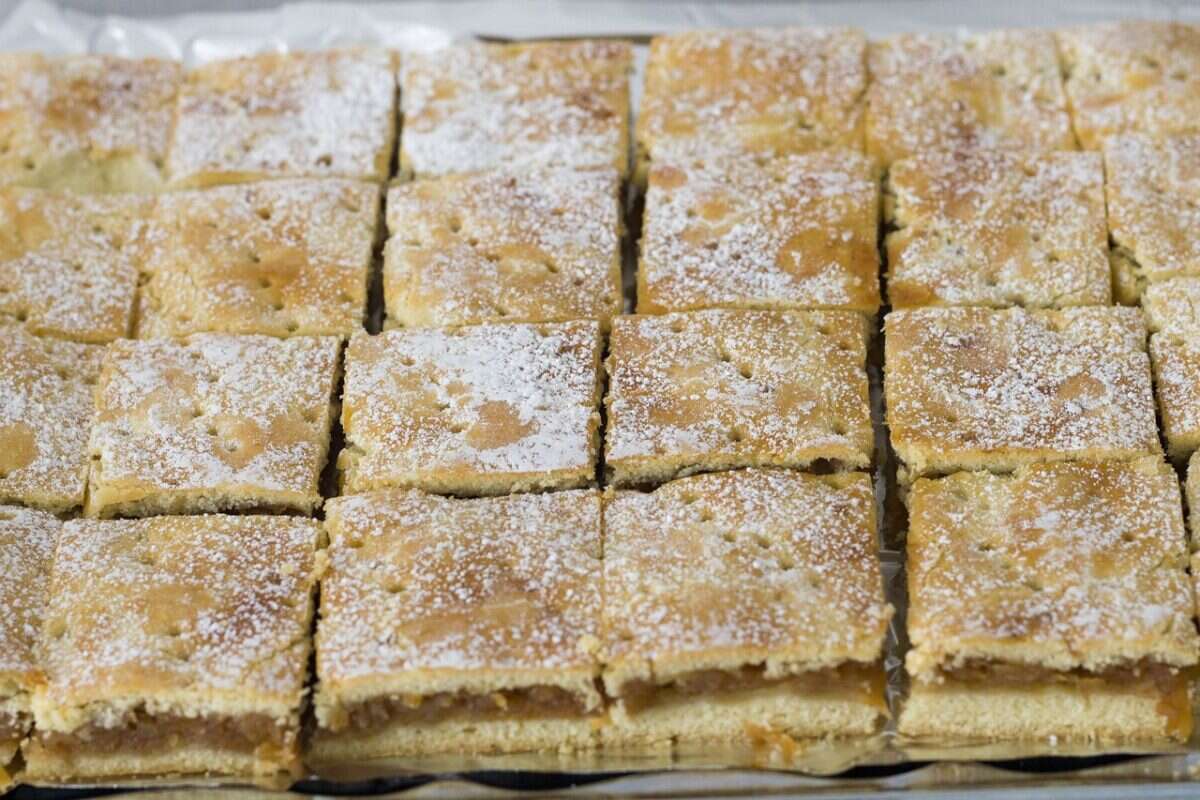If pesticides are present on the surface of the fruits and vegetables you buy, you can certainly remove a significant amount of those surface impurities and pesticides through careful washing and gentle scrubbing. However, you cannot remove everything, nor can you remove pesticides, which have entered the interior of fruits and vegetables during the period of growth and ripening.
From year to year, from producer to producer and from field to field, the amount of pesticides on different fruits and vegetables varies quite a bit. However, some environmental organizations, such as the Washington-based Environmental Working Group (EWG), test large samples of fruits and vegetables each year to determine which samples are not organically produced and which contain the most pesticide residues (and how many different residues they contain). To see more details about the process the EWG uses to test and measure pesticide residues, you can visit their website at: http://www.ewg.org/.
The samples with the worst results are classified into a group that is sometimes called the "Dirty Dozen Plus".
![How do you properly wash fruits and vegetables? 1 Image courtesy of [by winnond] at FreeDigitalPhotos.net](https://www.recepti-kuvar.rs/wp-content/uploads/2015/04/kako-pravilno-prati-voce-i-povrce-recepti-i-kuvar-online-150x150.png)
They are presented in descending order, according to the frequency of pesticide residues (the food containing the most frequent pesticide residues is in the first place, followed by the food containing the pesticide residues with a slightly lower frequency, and so on, as indicated in the following list):
- Apples
• Strawberries
• Grapes
• Celery
• Peaches
• Spinach
• Sweet peppers
• Nectarines
• Cucumber
• Cherry tomatoes
• Peas
• Potato
The "Plus" in "12 Dirty Dozen Plus" reflects the type of products that did not meet the criteria of the traditional group of "12 Dirty Dozen" foods. Although they may not have met the traditional criteria to be in the TOP 12, the EWG determined that some other crops could be labeled "Plus" - because they often contain residues of insecticides, which are toxic to the human nervous system.
For the 2014 list , crops are marked with "Plus":
• Green vegetables, such as lettuce, spinach, kale and Swiss chard
• Hot peppers
EWG declares another group as "Clean 15" ("Clean 15"), which have been found to have the least amount of pesticide residues. Those are:
• Avocado
• Sweet Corn
• Pineapple
• Cabbage
• Sweet Peas – Frozen
• Onion
• Asparagus
• Handle
• Papaya
• Kiwi
• Eggplant
• Grapefruit
• Melon
• Cauliflower
• Sweet potato
Source: Environmental Working Group (2014).
Try to always buy fruit or vegetables that are free of visible bumps, mold or other signs of damage. If you buy in the market, check if they are properly stored in the refrigerator. Store perishable fruits and vegetables in the refrigerator (at about 4 C degrees) until you are ready to use them.
Wash your hands for about 20 seconds with soap and warm water before and after handling fresh fruits and vegetables.
Use a sharp paring knife and cut off any damaged fruit or vegetables.
Wash all fruits and vegetables before peeling them. In this way, pesticides and other pollutants will not be transferred over the knife, onto fruits or vegetables.
Hold the fruit or vegetable under cold running tap water, carefully rubbing and scrubbing gently, until thoroughly washed.
For melons, pumpkins and watermelons, use a clean brush when washing to thoroughly wash the surface.
When washing fruits or vegetables with uneven skins, such as cauliflower and broccoli, soak them in cold water for 1 to 2 minutes to remove any dirt from the innermost parts.
Use a clean cloth or paper towel to dry the fruit or vegetable before use.
Lettuce and leafy vegetables, such as spinach, collard greens or Swiss chard, first discard all dead and rotten leaves. First, separate all the leaves and soak them in a clean bowl, or sink, in cold water for a few minutes. Then rinse with cold running water until all impurities disappear. Dry in a mechanical dehydrator for salad and leafy vegetables.
Read more:
If you are interested in all our recipes, click on the link: RECIPES. Collections of the best recipes of our collaborators can be found in the cook section, if you want to read more, click on the link: COOK. If you want to see our front page, click on the link: RECIPES AND COOK ONLINE homepage. If you want to see all the texts from the Tips category, click on the link: TIPS.
Don't miss a recipe - Recipes and cookbook online on Facebook. Stay tuned, follow the Recipes and Cookbook twitter notifications!








